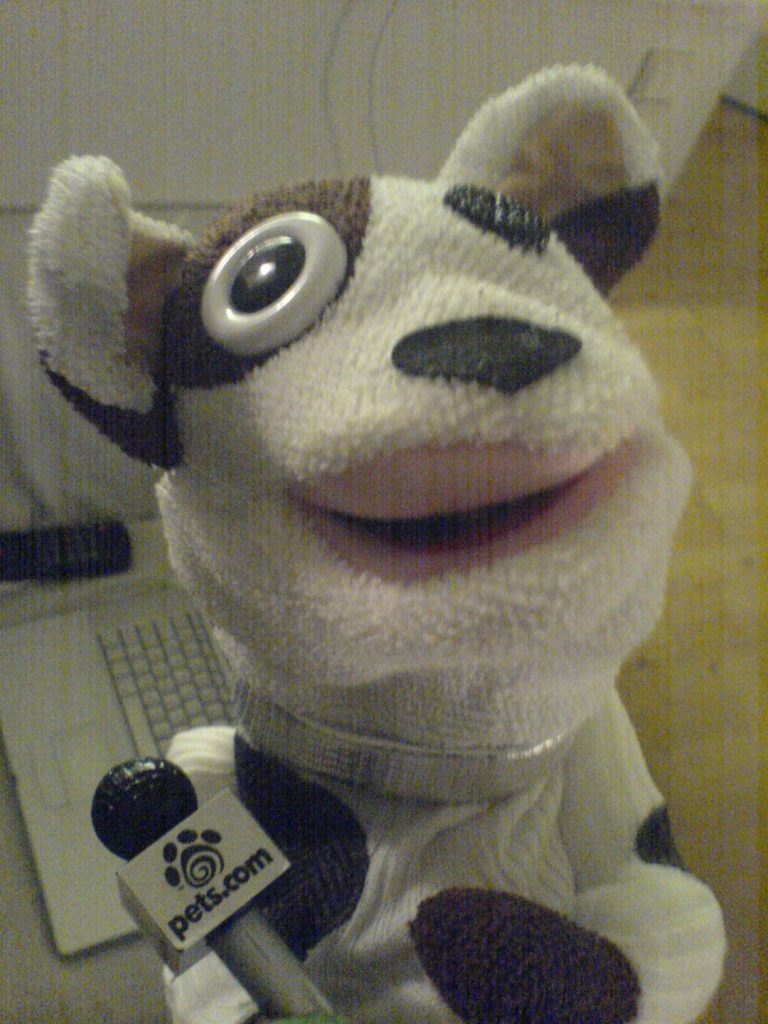
It is starting to look like the dot.com bubble. Nobody has really figured out how to monetize Web 2.0 and most of the current value of Web 2.0 companies comes from expectation of future value. There is great excitement about building online communities, but it is hard to get these communities to do very much except be communities. There is no doubt Web 2.0 has already changed how people communicate and how they do business. But how can we really use it?
There was a South Park episode last year where one of the kids became an internet sensation in hopes of making a pile of money. When he went to collect, he was told that his great fame had indeed earned him millions of internet bucks, but that they were not exchangeable into real money. In PD 2.0 we are not trying to earn money, but we are trying to achieve sustained changes in attitudes and behavior in fields important to U.S. policies. What if we reach millions of people only to find that our internet influence is not exchangeable into anything that matters to us?
What about the holy grail of Web 2.0, going viral? Some top viral videos are at this link. Many of the things that go viral are just silly, like a cat flushing a toilet. But I question the effectiveness even of the serious contenders. It is great to get exposure, but what is it good for? I remember a study of the “Clio Awards.” Those were the academy awards of commercials, where the funniest and most artistic commercials were chosen by the cognoscenti of commercials. The problem was that the winners were not particularly good at selling the products they represented. In fact, they were below average. People often loved the commercial, but didn’t care about the product and sometimes they couldn’t even tell what product was being advertised. Many of the viral videos are like the Clio award winners that get lots of attention and even critical acclaim, but don’t do the job.
There is also no reliable way to predict if something will go viral. Studying successful viral videos is not much use. We can identify – in retrospect – what they did right, but when we compare this to the millions of others that didn’t make it, we find that they also did many of the same things. It is a type of survivor bias, like attributing special skills to the winner of a very long and multi-round game of Russian roulette. The guy would probably write a book. He and all of us would think that his astonishing success must be due to something other than random chance, but we would all be wrong and we should not be enticed into the playing the game with his “proven” method.
The lesson is NOT that we stop exploring new media. Rather it is that we should not fall in love with it or with any particular aspect, platform or technology. It is easy to be beguiled by large numbers and exponential growth rates but we should be persistent in questioning HOW we can use it in PD. Some things will be very useful, but maybe not always or everywhere and others might just be exciting w/o payback. It is good to think about the differences.
Remember pets.com during the dot.com bubble with that sock puppet? Everybody loved the marketing. They even bought a super bowl add featuring the sock puppet. They were defunct less than a year later. I could never figure out how most of those companies could make any money; after a while, neither could anybody else.
